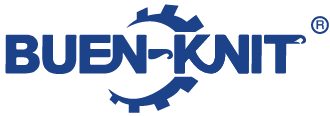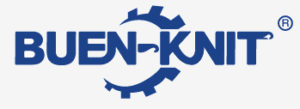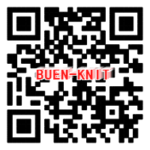Interlock Circular Knitting Machine normally must have the followings: 1 Interlock gating, the needles in two beds being exactly opposite each other so that only one of the two can knit at any feeder. 2 Two separate cam systems in each bed, each controlling half the needles in an alternate sequence, one cam system controlling […]

The preferred method today for making three thread fleece fabric is to use a top needle butt and cam-track for knitting the ground(face) and tie-in (binding) yarns, and four tracks and corresponding buts positions(which can be arranged) for the fleece tucking sequence. Below are the steps for production of a three thread fleece circular knitting machines. […]
Speciality fabrics include fleecy, plush, high pile and wrap fabrics. Although some constructions are unique to a single type of circular knitting machines, others may be knitted on a range of machinery. The surface effects of fleecy, plush or pile are developed during the finishing process usually on the technical back of single faced fabric. […]
Weft knitted fabrics maybe approximately divided into single or double jersey(“double-knit”) according to whether they were knitted with one or two sets of needles. It maybe preferable to include some of these fabrics in separate groupings of underwear and speciality fabrics. Pelerine eyelet, sinker wheel mesh tructures and float plated fabrics are mainly used for […]
Four primary base weft knitted structures–plain, rib, interlock and purl–are the base structures from which all weft knitted fabrics and garments are derived. Each is composed of a different combination of face and reverse meshed stitches, knitted on a particular arrangement of needle beds. Each primary structure may exist alone, in a modified form with […]
Weft knitted jacquard designs are built up from face loops in selected colours on a base fabric of either single jersey, 1*1 rib, or links-links(purl). The face loop needles are individually selected, ususally each only once per pattern row, to rise and take one yarn from a sequence of different coloured yarn feeds on a […]
1 The rest position. The head of the needle hook is level with the top of the verge of the trick. The loop formed at the previous feeder is in the closed hook. It is prevented from rising as the needle rises, by holding-down sinkers or web holders that move forward between the needles to […]
The hooked metal needle is the principal knitting elements of the knitting machine. Priror to yarn feeding, the needle is raised to clear the old loop from the hook and to receive the new loop above it on the needle stem. the new loop is then enclosed in the needle hook as the needle starts […]
The needle loop is the basic nuit of knitted structure. When tension in the fabric is balanced and there is sufficient take-away tension during knitting, it is an upright noose formed in the needle hook. It consists of a head(H) and two side limbs or legs(L). At the base of each leg is a foot(F), […]
The wale for a knitted fabric is a predominantly vertical column of intermeshed needles loops generally produced by the same needle knitting at successive(not necessarily all) knitting cycles. A wale commences as soon as an empty needle starts to knit. When loop transfer occurs it is possible to transfer a wale of loops from one […]

